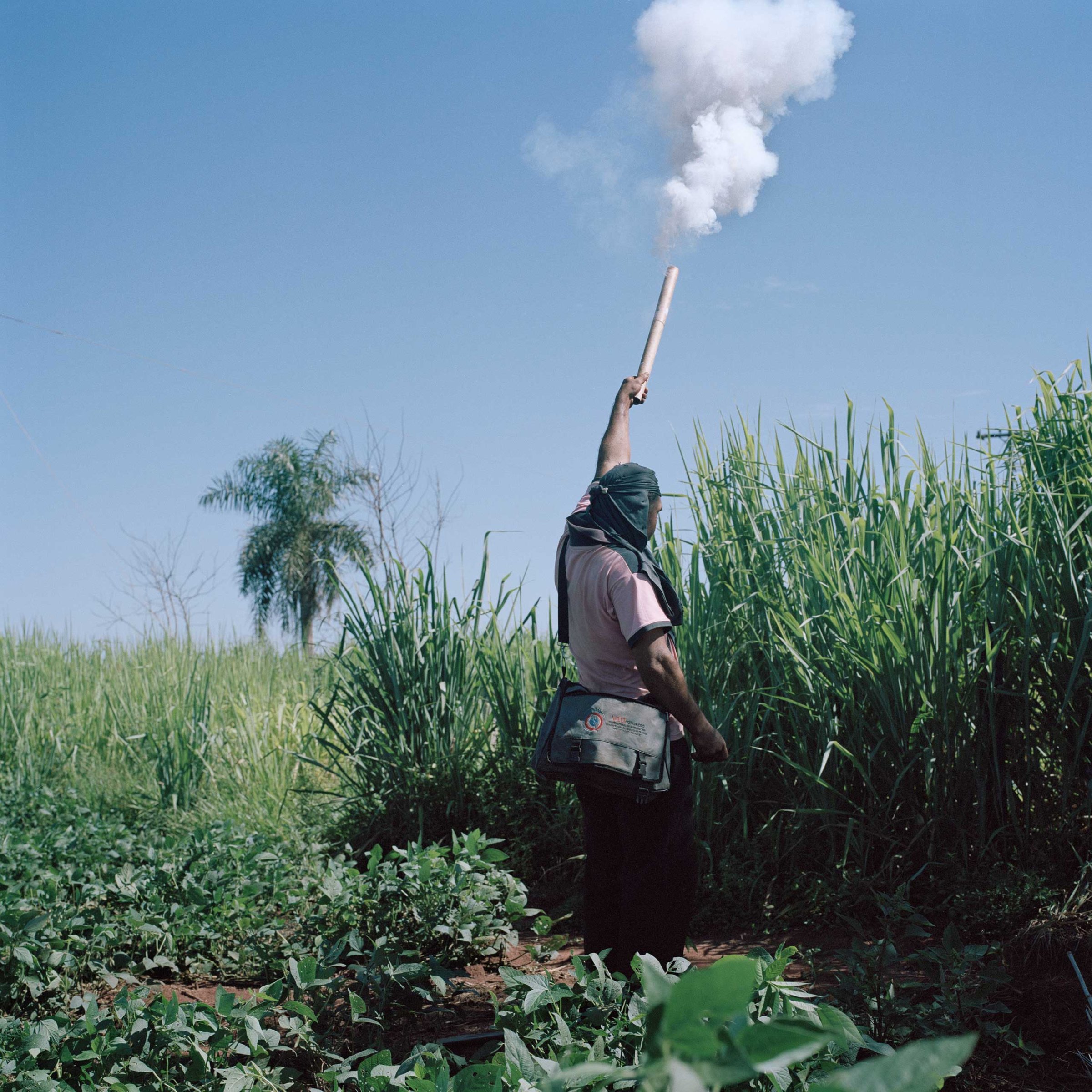
A couple of generations ago, eastern Paraguay was covered by lush verdant forest and rolling grasslands. Now its fields shimmer with a golden sea of soy that stretches over more than eight million acres of the small, landlocked South American country. Locals call it oro verde or “green gold”: the crop brings in 12% of GDP and Paraguay is now the world’s fourth-largest exporter of soy.
That golden harvest comes with a high cost: rampant deforestation, loss of biodiversity, intensive land use and even social unrest. More than half the agricultural land in Paraguay is now used for growing soy and current forecasts predict a 9% increase in soybean area in the next year.
Those plantations are not just having environmental repercussions, but also social ones. The mechanized approach on soy farms mean that just one worker is needed per 1,100 acres, transforming the traditional small-scale structure of Paraguay’s rural communities. As a result, the humble soybean is fomenting social unrest, as poverty-stricken farmers try to battle the government and powerful landed elite. (Paraguay has the most unequal land distribution in the world: 85.5% of land is owned by 2.6% of the population.)
Jordi Ruiz Cirera began documenting Paraguay’s landscape in 2013, investigating the impact of the mass soy monoculture on rural communities. He lived for some time with peasants under threat of eviction. Around 9,000 families a year migrate to cities from the countryside because of the rapid growth of soy plantations. Locals say their rivers are contaminated by agrochemicals and complain of health problems that they believe are linked to the uncontrolled use of pesticides to grow genetically-modified soybeans.
That soy rarely ends up in lattes, tofu or other foods directly consumed by humans. Cheap and high in protein, soy is mostly processed into animal feed. In Paraguay, the explosion in global demand for cheap meat has not only led to slash-and-burn deforestation to make room for cattle ranches, but also resulted in clearing vast areas of land to grow the high-protein soy that will feed livestock. About 96% of the soybeans cultivated in Paraguay are exported to be used in feed – largely in the European Union. They are also increasingly used in biodiesel production.
While in Paraguay, Ruiz Cirera also witnessed the positive economic situation that agribusinesses were enjoying in the country. He visited factories and silos, and met the owners and workers on large-estate populations. Many landowners, he says, feel the peasants are against the country’s best economic interests.
The farmers and the landowners lived side-by-side in two different worlds, Ruiz Cirera adds. “What I saw was a clash between two models and ways of living: a self-sufficient and quite traditional economy that wanted to stay the same as always had been, and a market economy that was seeing endless possibilities due to the country’s climate and location,” he says. “They are really difficult to reconcile.”
Jordi Ruiz Cirera is a documentary photographer from Barcelona, currently based in London. Follow him on Twitter @jordiruizc.
Naina Bajekal is a reporter for TIME based in London. Follow her on Twitter @naina_bajekal.
Mikko Takkunen, who edited this photo essay, is the International Photo Editor at TIME.com. Follow him on Twitter @photojournalism.

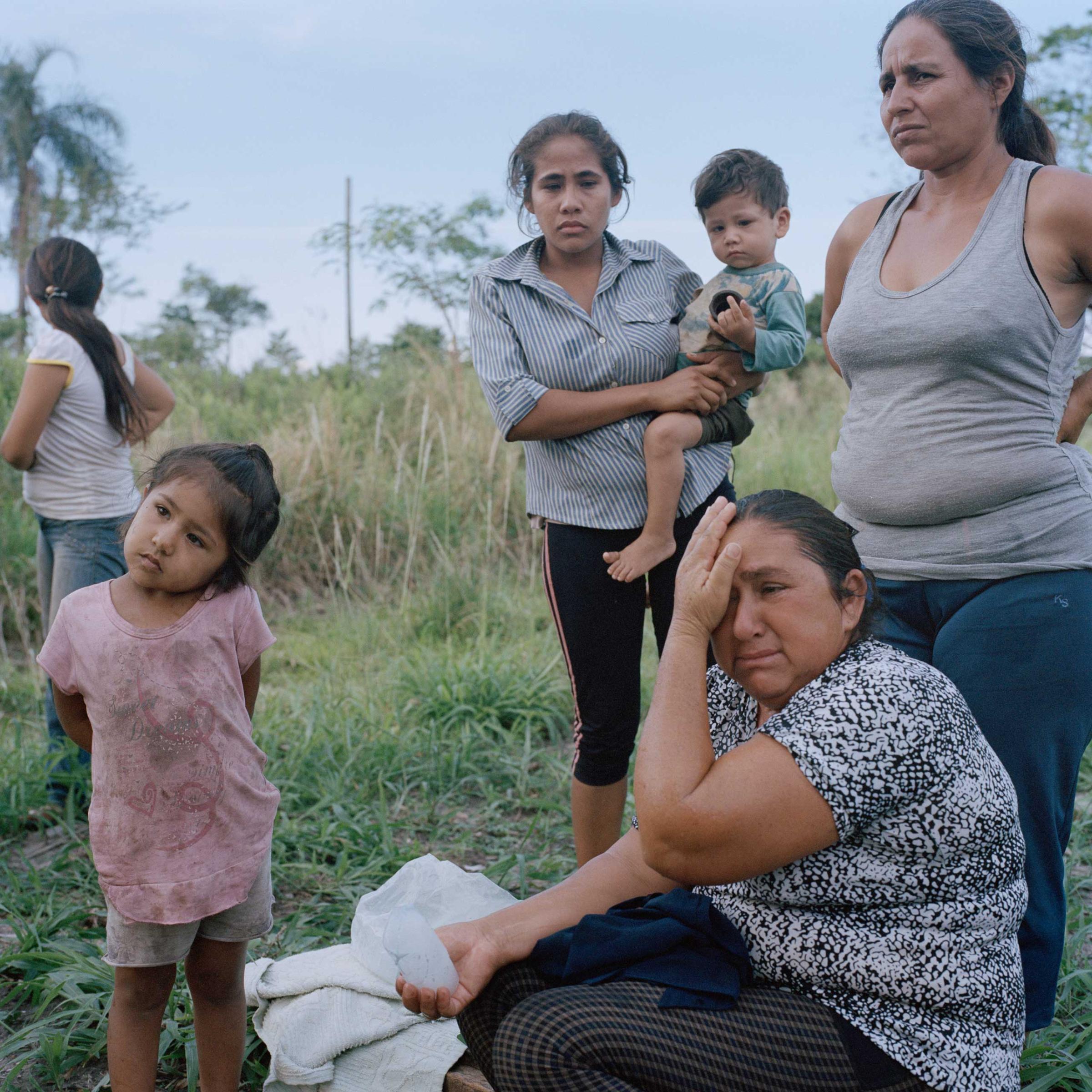
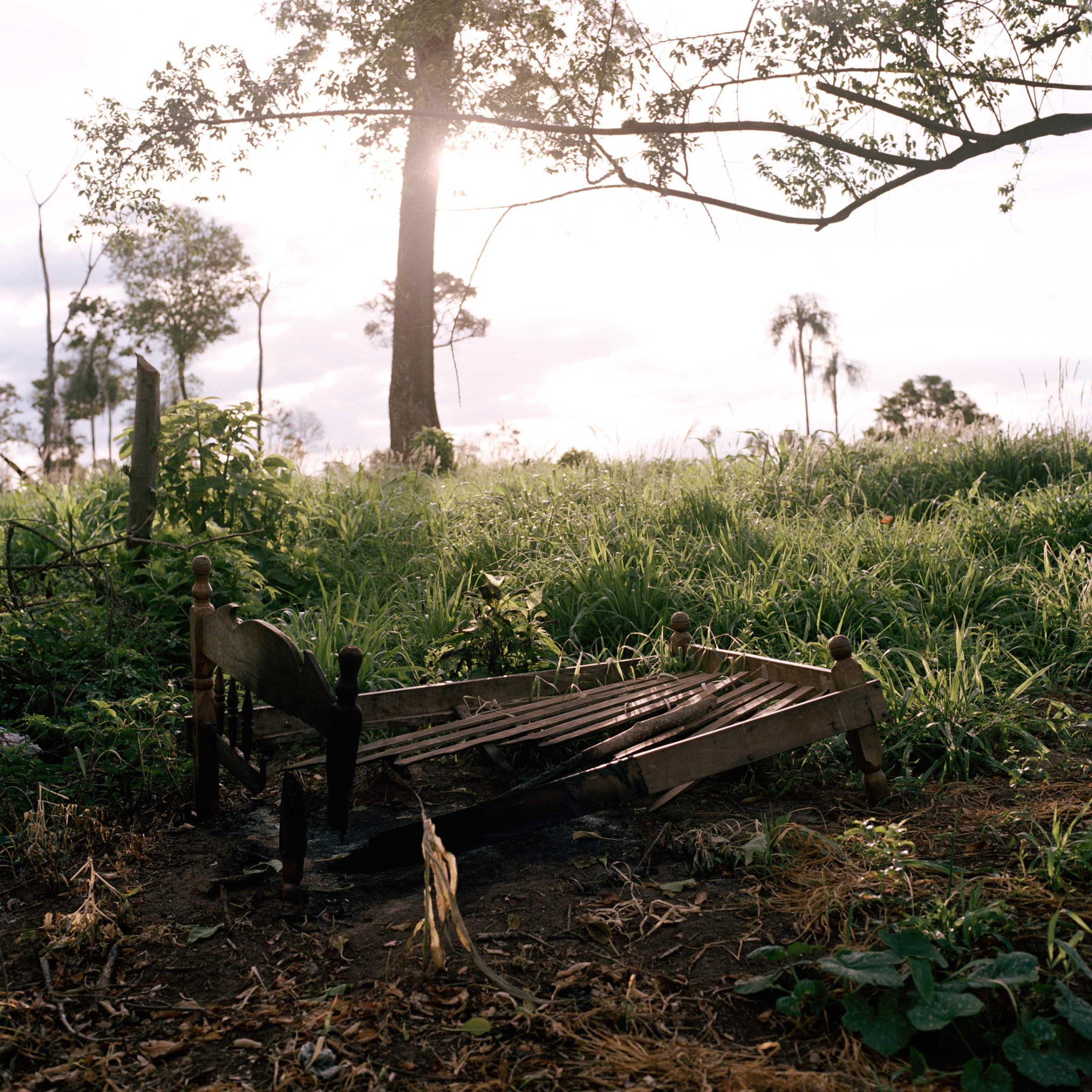



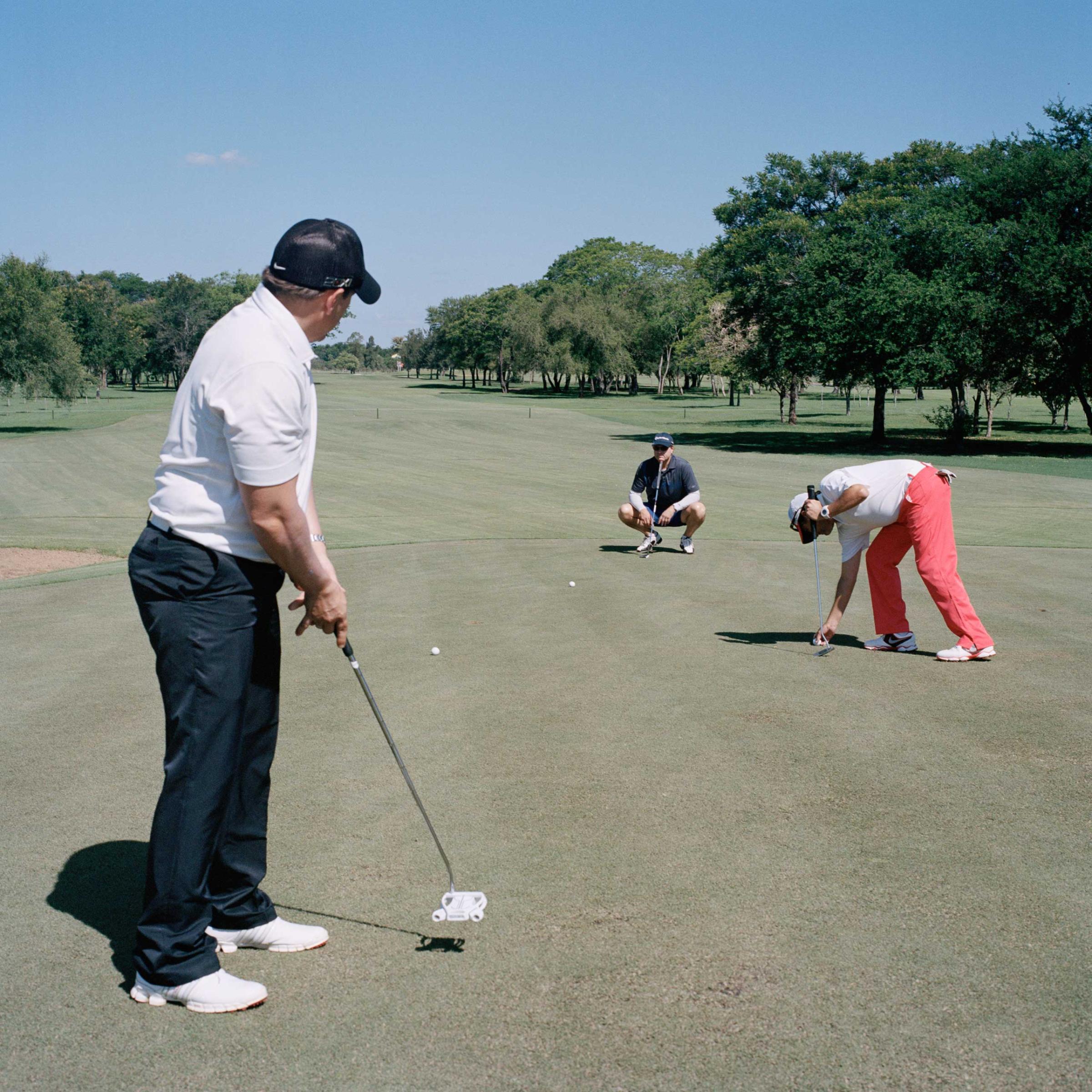
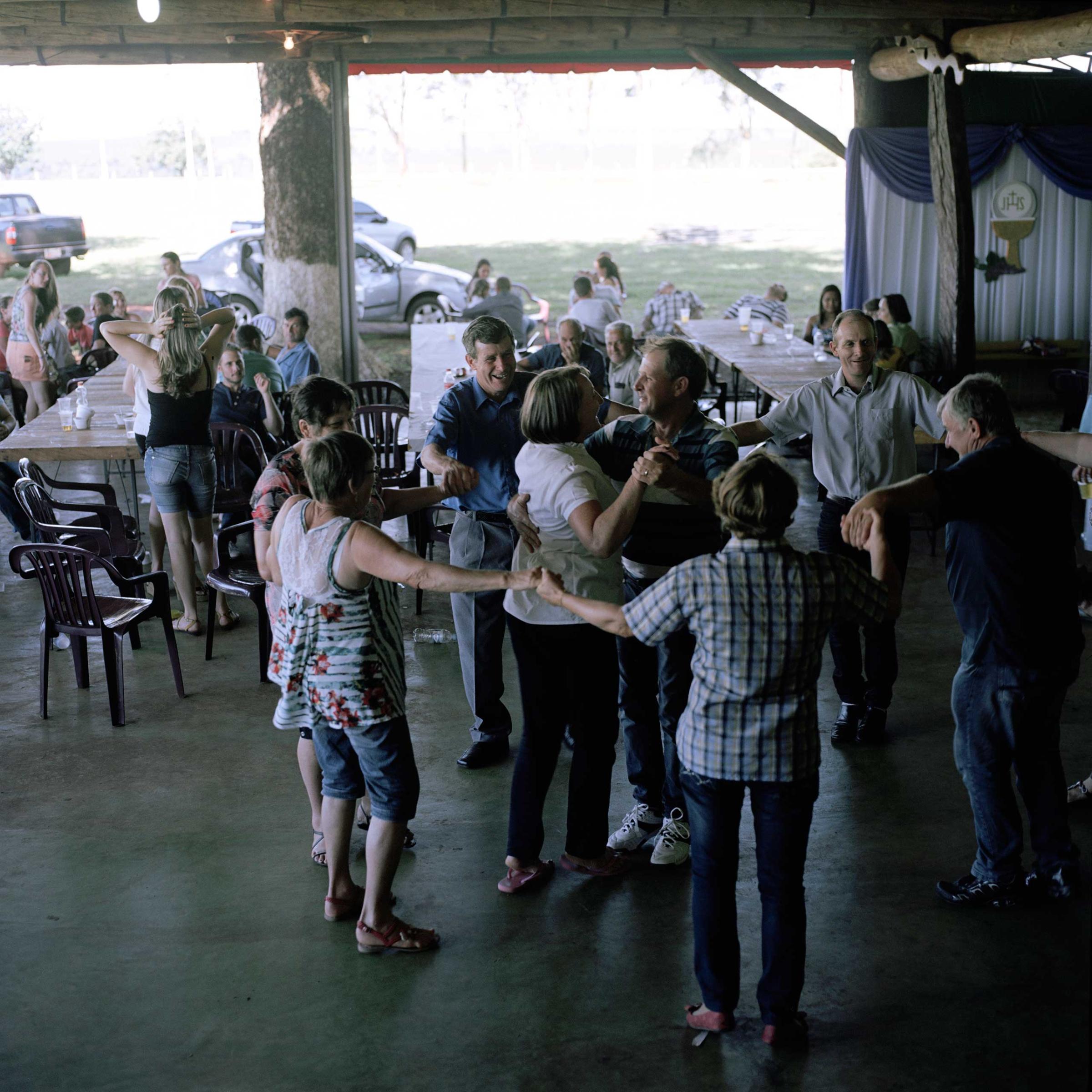
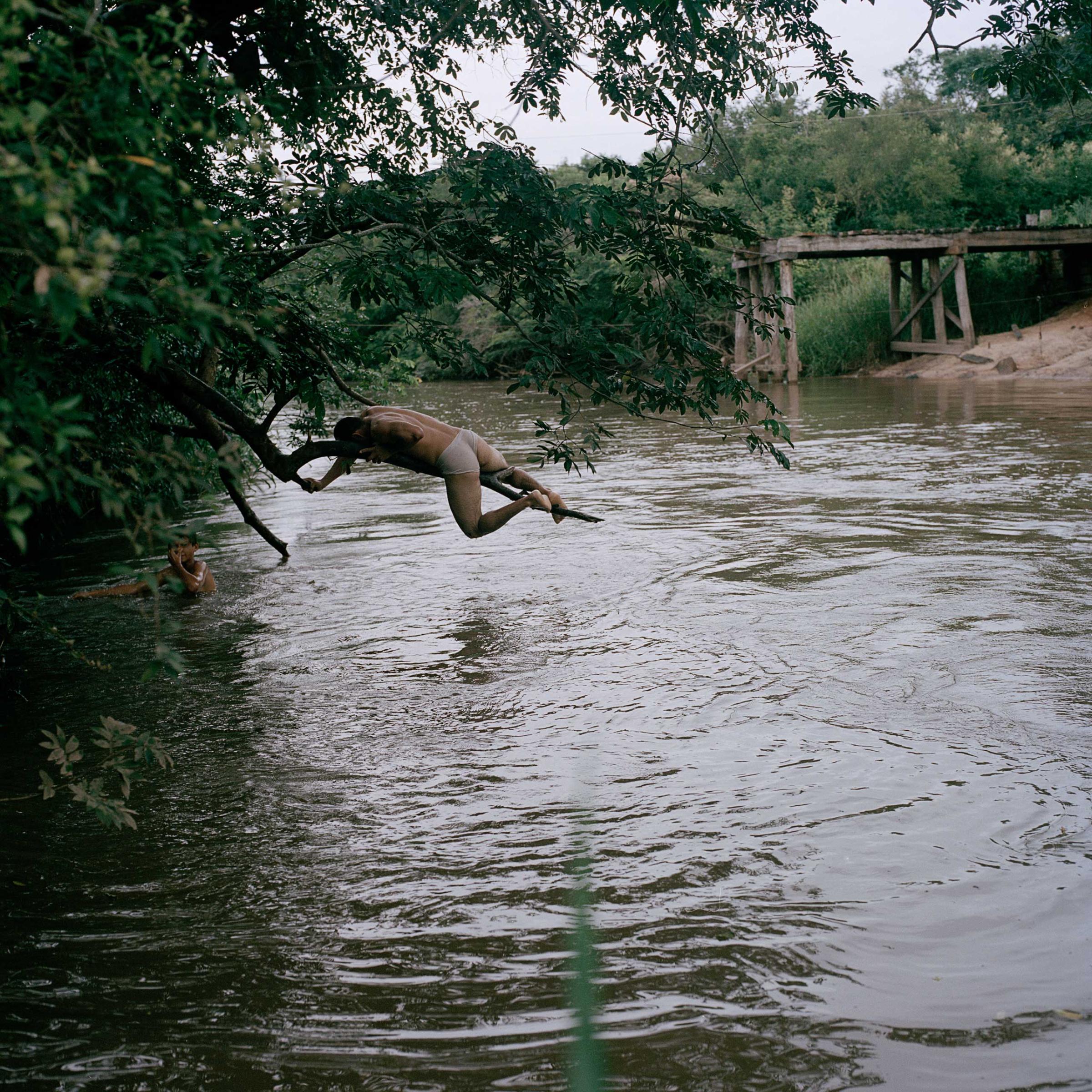
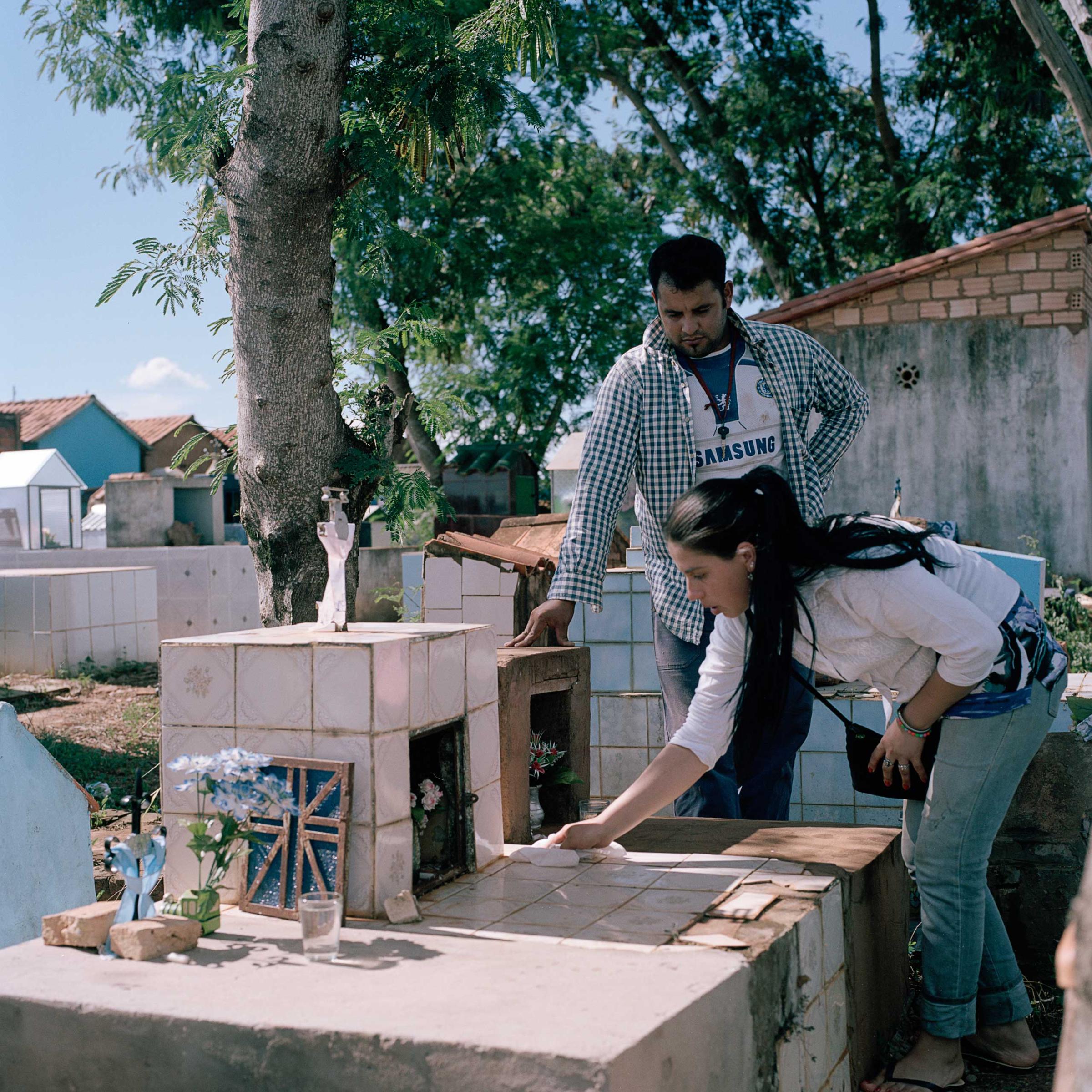
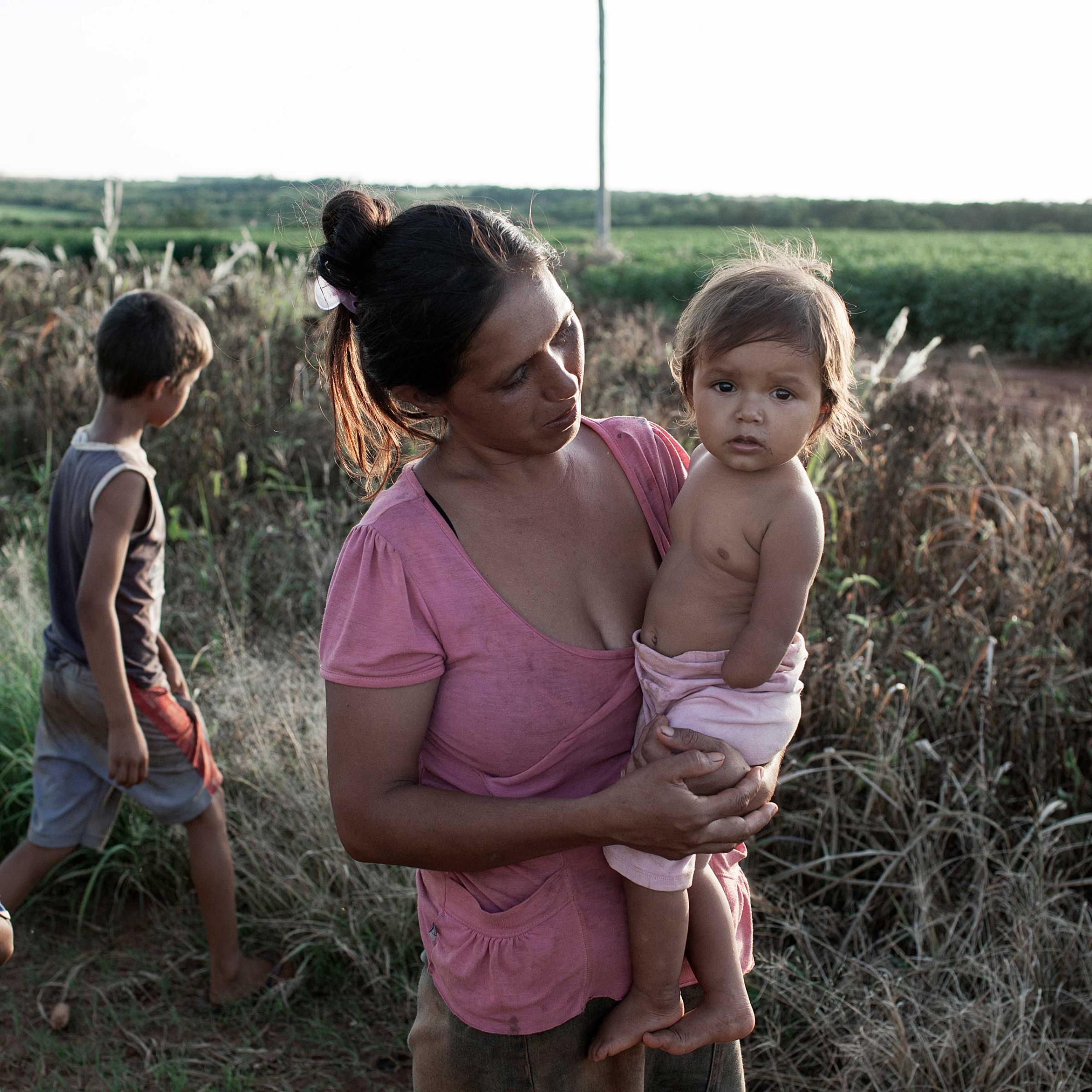
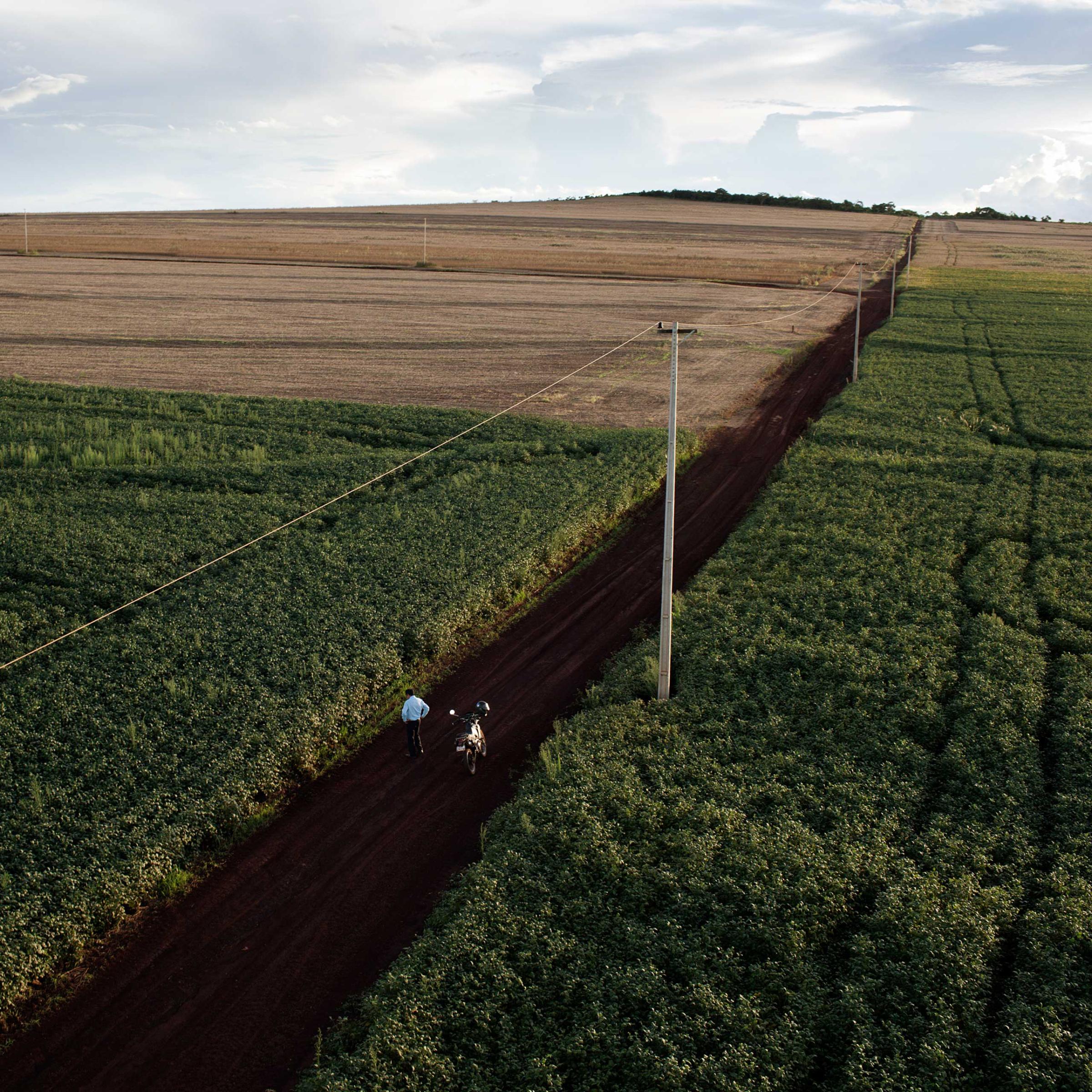
More Must-Reads From TIME
- The 100 Most Influential People of 2024
- Coco Gauff Is Playing for Herself Now
- Scenes From Pro-Palestinian Encampments Across U.S. Universities
- 6 Compliments That Land Every Time
- If You're Dating Right Now , You're Brave: Column
- The AI That Could Heal a Divided Internet
- Fallout Is a Brilliant Model for the Future of Video Game Adaptations
- Want Weekly Recs on What to Watch, Read, and More? Sign Up for Worth Your Time
Write to Naina Bajekal at naina.bajekal@time.com